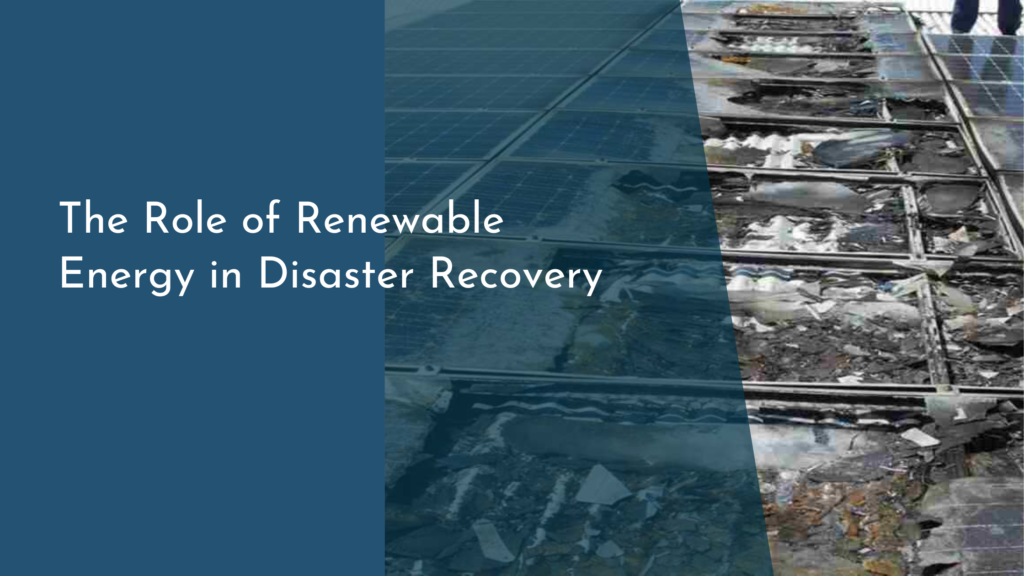Sustainable Fashion Certifications: What They Mean
In recent years, sustainable fashion has gained significant momentum as consumers become increasingly aware of the environmental and ethical implications of their clothing choices. As a result, the demand for transparency and accountability in the fashion industry has spurred the creation of various sustainable fashion certifications. These certifications serve as essential tools for consumers who wish to make informed decisions about their wardrobes. In this article, we will explore what sustainable fashion certifications entail, the key players involved in certifying sustainable fashion, the impact of these certifications, and how they can help you make greener fashion choices.
Understanding Sustainable Fashion Certifications
Sustainable fashion certifications are labels or standards that assess and verify the sustainability and ethical practices of clothing brands and products. These certifications cover a wide range of criteria, including environmental impact, social responsibility, and ethical sourcing. They provide a reliable framework for consumers to identify brands that adhere to sustainable practices, such as reducing carbon emissions, minimizing waste, and ensuring fair labor conditions. By understanding these certifications, consumers can choose brands that align with their values and contribute to a more sustainable fashion industry.
The process of obtaining a sustainable fashion certification typically involves a rigorous assessment conducted by an independent third party. This evaluation examines various aspects of a brand’s operations, from the sourcing of raw materials to the treatment of workers. Some certifications may focus on specific areas, such as organic materials or carbon footprint reduction, while others take a more holistic approach. By achieving certification, brands demonstrate their commitment to sustainability and provide consumers with a trusted method to navigate the often complex landscape of ethical fashion.
Key Players in the Certification Landscape
Several organizations have emerged as key players in the sustainable fashion certification landscape, each offering unique standards and criteria. The Global Organic Textile Standard (GOTS) is one of the most recognized certifications, focusing on the organic status of textiles from harvesting to environmentally and socially responsible manufacturing. Meanwhile, the Fair Trade Certified label ensures that workers receive fair wages and work in safe conditions, promoting ethical labor practices throughout the supply chain.
Another significant player is the OEKO-TEX Standard, which offers various certifications, including the STANDARD 100, ensuring that textiles are free from harmful substances, and the STeP (Sustainable Textile Production) certification, which evaluates the sustainability of production facilities. Additionally, the Bluesign certification system focuses on resource productivity, consumer safety, water and air emissions, and occupational health to ensure responsible textile production. Each of these certifications plays a crucial role in driving transparency and accountability in the fashion industry, helping consumers make conscious choices.
Evaluating the Impact of Certifications
The impact of sustainable fashion certifications extends beyond the individual brands that achieve them. By setting rigorous standards, these certifications encourage the fashion industry to prioritize sustainability and implement more ethical practices across the board. Brands that earn certifications often lead by example, inspiring others to adopt similar measures to remain competitive in an increasingly eco-conscious market. As more brands commit to these standards, the cumulative effect can lead to significant improvements in environmental and social outcomes within the fashion industry.
However, the effectiveness of certifications also depends on consumer awareness and demand. When consumers actively seek out and support certified brands, they send a powerful message to the industry about the importance of sustainability. This consumer-driven demand can drive broader industry changes, as more brands recognize the value of meeting certification standards to appeal to conscious consumers. Certifications, therefore, serve as a catalyst for positive change, but their full potential is realized only when consumers are informed and motivated to make sustainable fashion choices.
Making Informed Choices for a Greener Wardrobe
Navigating the myriad of sustainable fashion certifications can be daunting, but understanding what each certification represents empowers consumers to make informed choices. When building a greener wardrobe, it is crucial to consider which issues matter most to you—whether it’s reducing environmental impact, supporting fair labor, or minimizing chemical exposure. Familiarizing yourself with key certifications and their criteria can simplify the decision-making process and help you choose brands that align with your values.
Moreover, it’s important to remember that certifications are just one aspect of sustainable fashion. In addition to seeking certified brands, consumers can further their commitment to sustainability by adopting practices such as buying second-hand clothing, supporting local and small-scale producers, and prioritizing quality over quantity. By combining these strategies with an understanding of fashion certifications, you can build a wardrobe that not only reflects your personal style but also contributes positively to the planet and society.
In conclusion, sustainable fashion certifications play a vital role in guiding consumers toward more ethical and environmentally friendly clothing choices. By understanding the significance of these certifications and the key players in the industry, consumers can navigate the complex landscape of sustainable fashion with confidence. As we continue to demand greater transparency and accountability from fashion brands, the power of certifications to drive positive change becomes increasingly apparent. By making informed choices and supporting certified brands, each of us can contribute to a more sustainable and ethical fashion industry, one wardrobe at a time.

